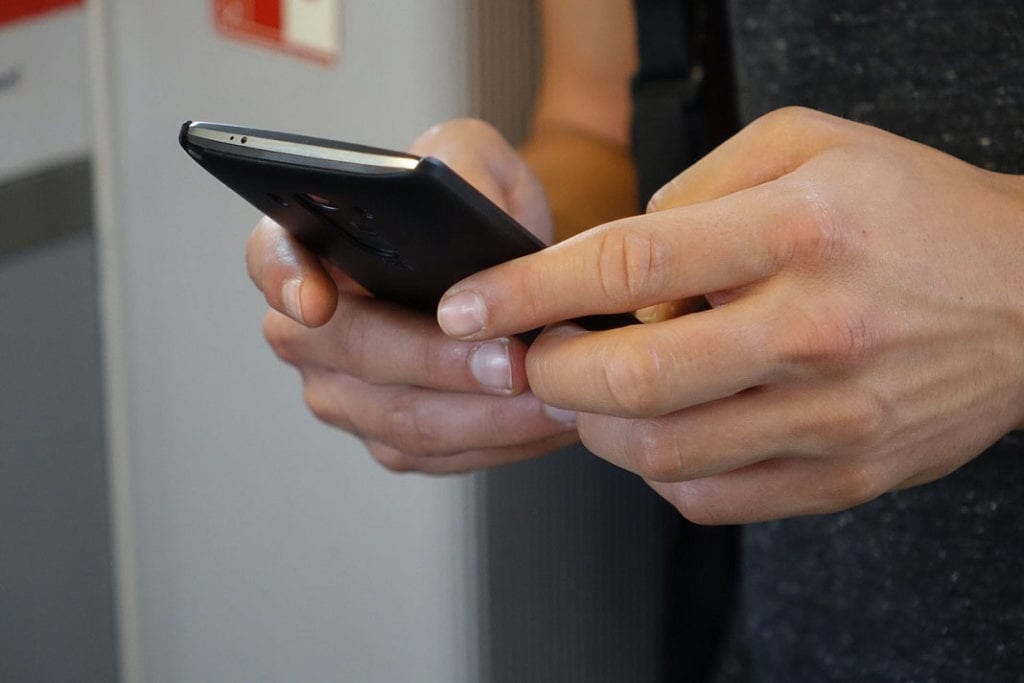It’s fair to say that many (if not most) Americans are inseparable from their smart phones, and that a device that was pure sci-fi 25 or 30 years ago is now fully integrated into our everyday life. But how many of us are using our phones to their fullest potential?
One man in New Jersey can make a strong claim for doing exactly that by using his iPhone to literally control some of his Parkinson’s disease symptoms. (And here I was thinking I was so damn impressive for breaking level 600 in Candy Crush Soda!)
In a dramatic demonstration of the fusion of technology and biology, Parkinson’s disease patient Paul Detlefsen was implanted with a deep brain simulation, or DBS, device that consists of two electrodes in his head connected by wires to a battery in his chest that delivers a targeted electrical “jolt” into the brain to control tremors. DBS itself is not new, but in the past the technology for controlling it has been bulky and inconvenient, and patients have had to visit their doctors for system adjustments.
What makes Paul’s implant different is that it’s Bluetooth-enabled, which means that at the first sign of a tremor Paul can discreetly open up his iPhone and activate the electrodes with the touch of a button. As an added bonus, if Paul’s symptoms change or he needs his doctors at the JFK Neuroscience Institute to make an adjustment, he can simply email a video of his symptoms and doctors can make the voltage and frequency adjustments remotely.
So, what drove this latest innovation? In a word, competition. Until recently, only one company manufactured these DBS systems. But when new companies entered the game, it spurred efforts to make the technology faster, smarter, and more convenient. And nothing says 21st century convenience like mobile technology.






